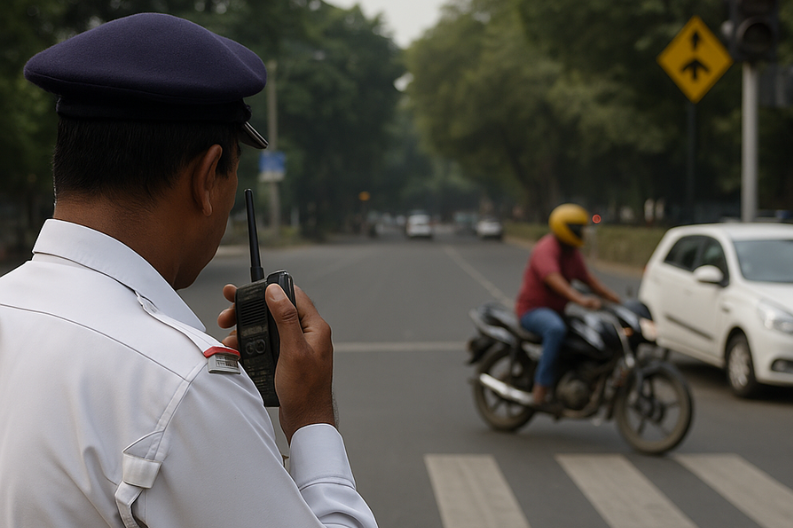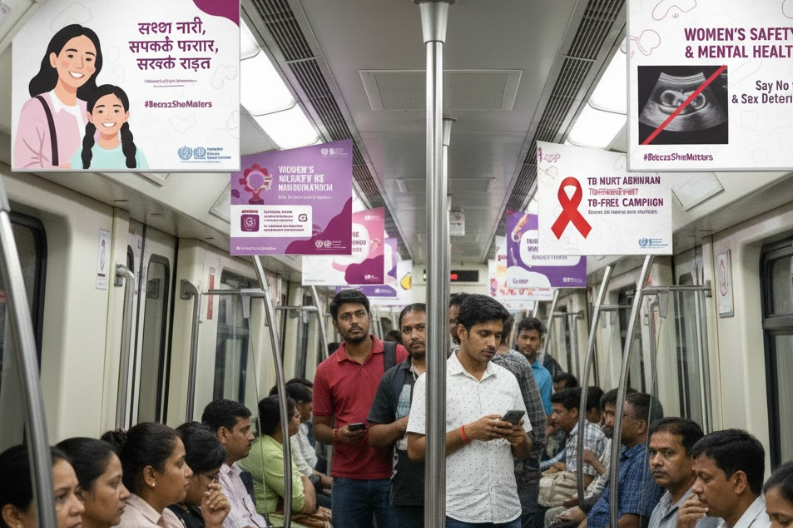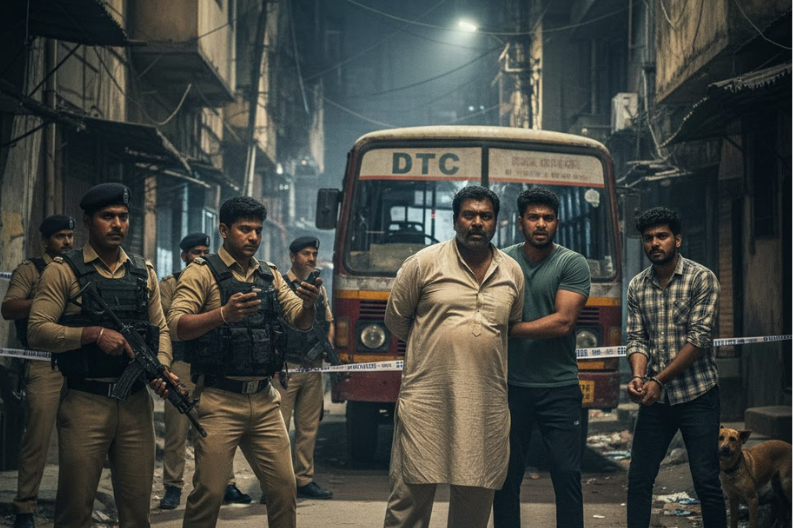Delhi’s road safety improves as the capital city records a significant drop in road accidents and fatalities, showing that targeted safety strategies are working. According to data shared by the Delhi Traffic Police, road crash deaths fell by 2.5% compared to last year, while serious accidents declined by 2.9%. These results highlight how careful planning, better road design, and improved traffic management can save lives.
This positive change comes from a focused approach to understanding accident data and improving infrastructure. The Delhi Traffic Police studied accident-prone zones and identified 143 high-risk locations across the city. They then introduced key safety measures, including better road markings, upgraded traffic signals, and speed-calming features like speed bumps. These improvements help drivers slow down, pay attention, and share the road more safely with pedestrians and cyclists.
Collaboration has been another major factor in Delhi’s road safety success. The traffic police worked closely with other departments and followed guidelines from the Supreme Court Committee on Road Safety. This coordination ensured that safety measures were implemented consistently across the city, creating a safer environment for all road users.
Beyond infrastructure changes, enforcement and awareness also played crucial roles. Authorities increased police presence in accident-prone areas to enforce traffic laws more strictly. They also launched public campaigns to educate people about road safety, highlighting simple but life-saving habits such as wearing helmets, using seat belts, and obeying traffic signals.
Despite Delhi’s progress, road safety remains a challenge across India. Punjab, for example, reported 12,280 road deaths in 2020, ranking among the highest in the country. Cities like Mohali are responding by introducing smart traffic systems and redesigning dangerous roads. Meanwhile, Chandigarh stands out for its well-planned roads and lower accident rates, showing how urban design can reduce fatalities.
Data-driven strategies are key to reducing accidents nationwide. Authorities are now using technology like real-time traffic monitoring and smart signals to manage congestion and improve driver behavior. These tools not only prevent accidents but also make road travel faster and more efficient.
Public education is another powerful tool in improving safety. Schools, community groups, and media campaigns regularly teach people how small actions, like fastening a seat belt or avoiding speeding, can save lives. Greater awareness encourages responsible driving and reduces risky behaviors that lead to accidents.
In the coming years, experts believe that integrating technology, urban planning, and public awareness will further reduce road deaths across India. Delhi’s success is already inspiring other states to adopt similar strategies. With continuous improvement, India can aim for safer roads and fewer tragedies.
In conclusion, Delhi’s road safety improves through a mix of data analysis, better infrastructure, stronger law enforcement, and public awareness. These combined efforts not only make Delhi’s streets safer but also set an example for the rest of the country. As cities across India follow Delhi’s lead, safer roads for everyone are becoming a more achievable reality. 🚦



